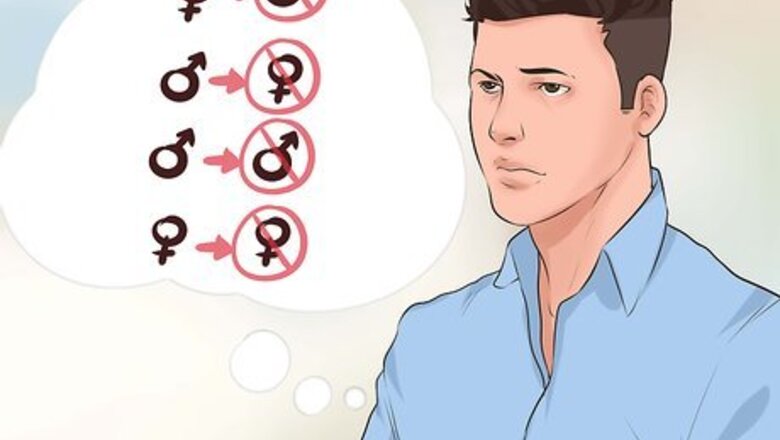
views
- Asexuality is a sexual orientation where a person feels little to no sexual attraction to people of any gender, though they may choose to have sex.
- Asexuality is not the same thing as abstinence or celibacy, and is not caused by trauma, abuse, or a disorder.
- Asexual people can still have romantic relationships. Communicate openly with asexual partners about their needs and preferences.
Understanding Asexuality

Learn what it means to be asexual. Asexuality is a sexual orientation that means a person feels no sexual attraction to people of any gender. However, a person who identifies as asexual may still choose to have sex, may still be involved with a romantic partner or get married, can still love, and can still engage in normal relationships. Asexuality doesn’t describe what a person chooses to do, but rather how a person feels. Asexual people have emotional needs, may feel non-sexual attraction to others, and may even feel arousal; they just don’t feel sexual attraction. Many asexual people still experience romantic attraction, and may choose to identify as homoromantic, biromantic, heteroromantic, panromantic and much more. Asexuality is not the same as having a low libido, which can be caused by medical or health issues, nor is it the same as repressing one’s sexual desires.
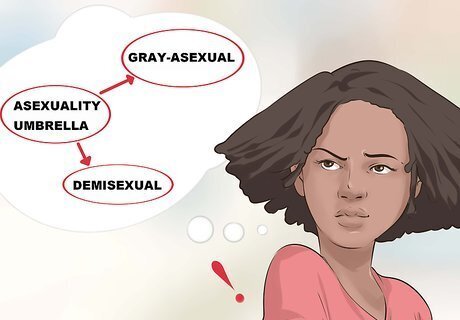
Understand the asexuality umbrella. As with any sexual orientation, the label asexual is a generalization that doesn’t explain or represent everyone who identifies that way. All humans are unique and individual, and sexual orientation exists on a spectrum of needs, desires, interests, and attractions. Think of asexuality as an umbrella term that describes people who identify as asexual, gray-asexual, and demisexual. Gray-asexual means that a person experiences sexual attraction, but either not very often or only to a minimal extent. This is also just called Gray-A/Gray-Ace. Demisexual describes a person who only feels sexual attraction to people with whom a close emotional bond has been formed. This is colloquially called "demi".
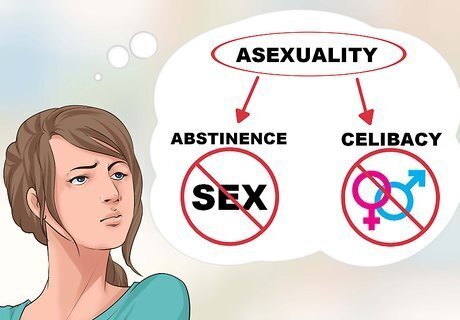
Differentiate asexuality from abstinence and celibacy. Abstinence is the deliberate choice to refrain from sexual activity, while celibacy is the deliberate choice to refrain from sexual activity and marriage (or marriage-like relationships). These choices may be made for religious, philosophical, moral, or other reasons. Asexuality is not experiencing sexual attraction, but not necessarily having no sexual appetite (libido). This means asexual people can be: Abstinent or celibate. Sexually active through masturbation. Sexually active with partners.
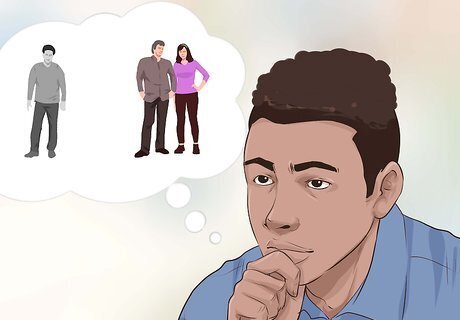
Learn what asexuality isn’t. Asexuality is a sexual orientation that’s distinct from heterosexuality, homosexuality, bisexuality, pansexuality, and other orientations. However, asexuality also has nothing to do with assigned sex, gender identity, or gender expression. And being asexual doesn’t mean you are aromantic, which means a person feels no romantic attraction to others.
Dating an Asexual Person

Recognize that there are different types of relationships. Just as there are friendships, mother-daughter relationships, father-son relationships, and an innumerable amount of other types of platonic (non-sensual) relationships, there are many types of romantic relationships aside from just sexual romantic relationships. Dating an asexual person may open your eyes to new types of relationships, which could include: Romantic non-sexual relationships, which often involve physical affection, cuddling, and commitment. Aromantic non-sexual relationships, which involve a deep commitment to one another. While these relationships can include physical affection, there is no sexual or romantic element.

Communicate openly. Regardless of the circumstances, dating is always about getting to know someone better, and dating someone who identifies as asexual is no different. The key to any relationship is free and open communication. It’s important to discuss personal boundaries early in any relationship, so that partners know what is acceptable, what’s unacceptable, and what is and isn’t expected of each other. If you are unsure of something, it’s always best to just ask! It’s important not to be offended if someone you’re dating comes out to you as asexual. It’s not an excuse and it’s not an attempt to get out of the relationship. That person is just trying to be honest and open. Every asexual person has their preferences, some are okay with physical affection like hugs or cuddles, but some are completely repulsed. It is best to ask your asexual partner what they are and are not okay with doing.
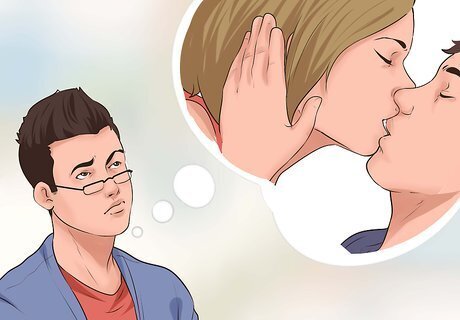
Understand that an asexual person can be intimate. Asexual people often partake in romantic partnerships or relationships, but whether a person is open to physical or sexual intimacy depends on the individual. But dating doesn’t necessarily require physical or sexual interaction, and two people can develop a strong emotional or romantic relationship with or without a sexual element: intimacy is much more than just physical touching or sexual activity. An asexual partner may or may not be open to sexual activity, so it’s important to communicate so that everyone involved is on the same page. Feeling sexual pleasure is different from feeling sexual attraction, and some asexual people can enjoy sex. Conversely, some asexual people are not interested in sex at all, and will not be open to exploring a sexual relationship.
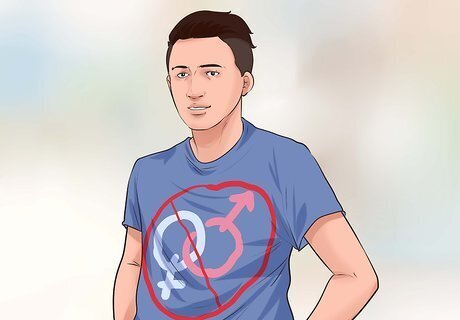
Don’t expect an asexual person to change. Asexuality isn’t a choice or preference any more than heterosexuality and homosexuality are. Asexuality isn’t a problem or disorder, and it isn’t caused by abuse or violence. People who identify as asexual don’t need to be fixed and aren’t going to change based on the person with whom they’re in a relationship. Some people who are asexual are not interested in romantic relationships, and may just be open to close friendships or non-sexual aromantic relationships.


















Comments
0 comment